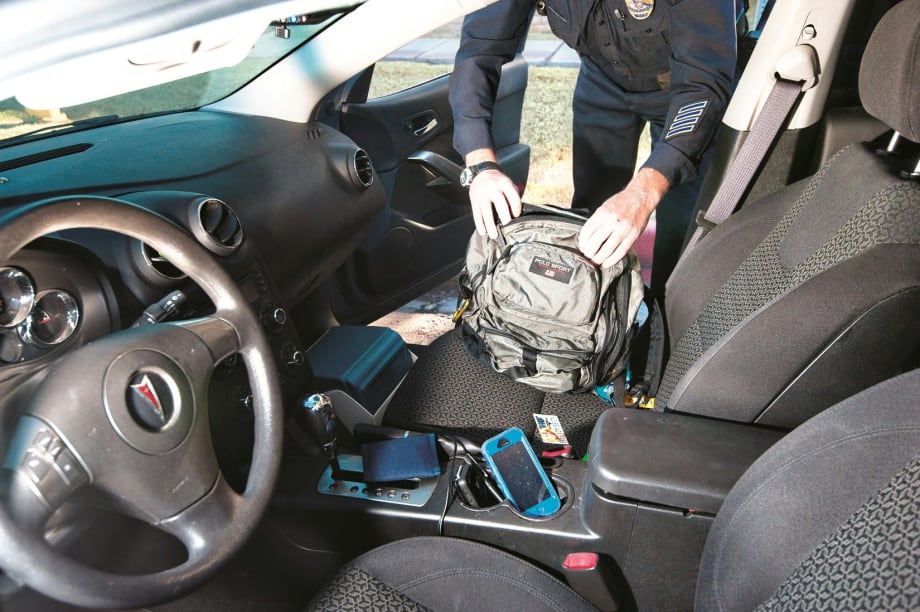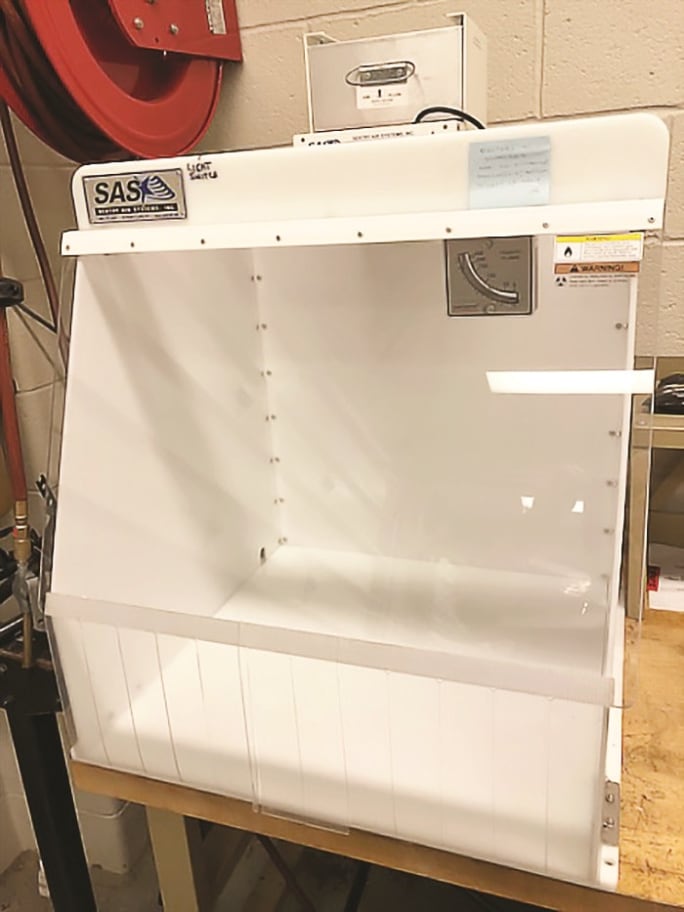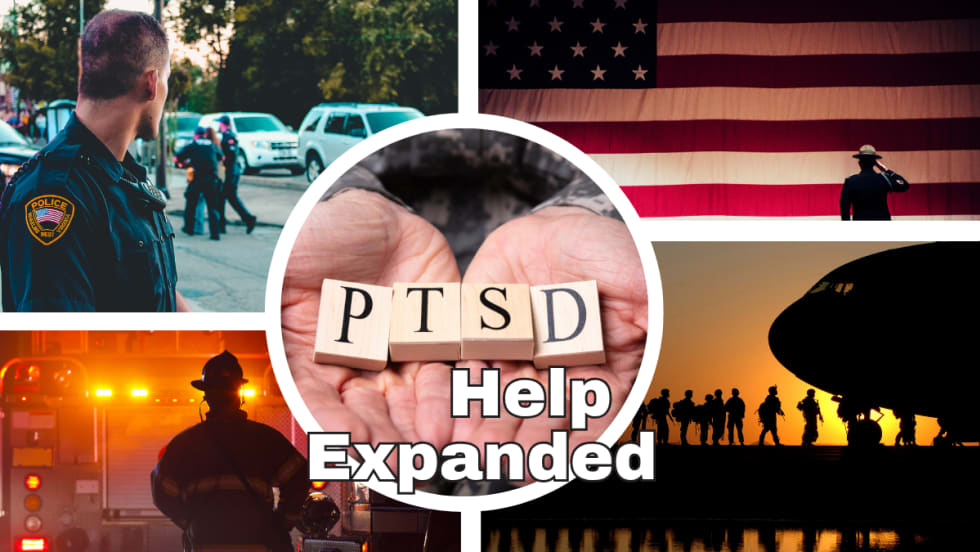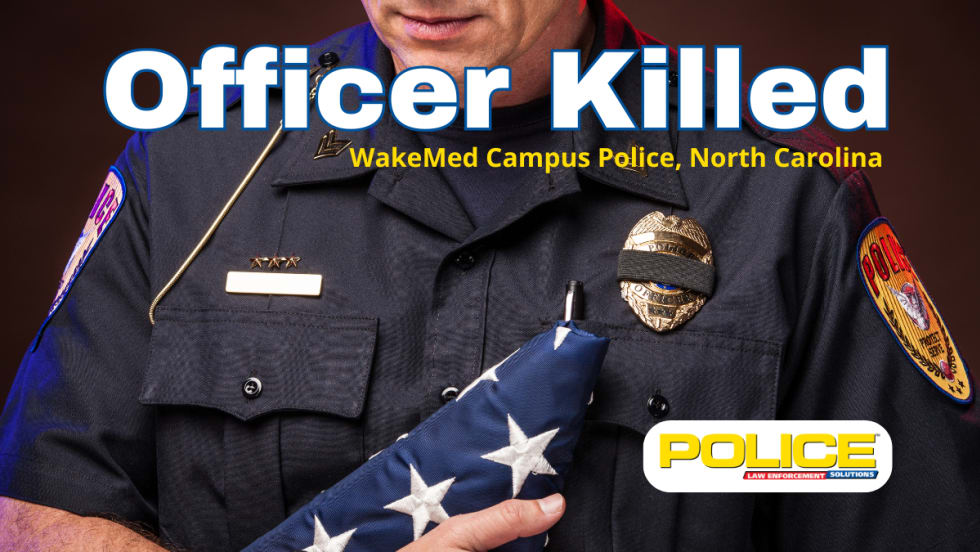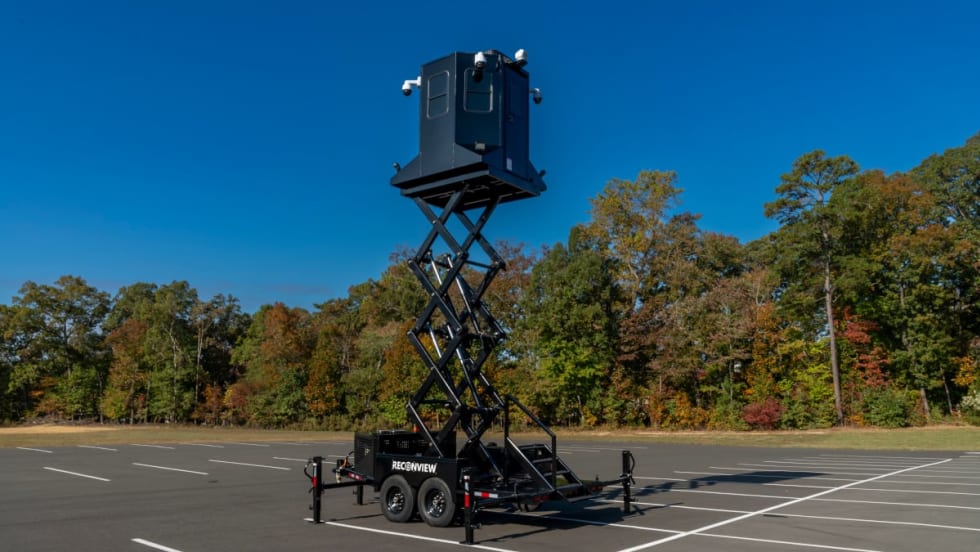In April, a West Virginia police chief initiated a traffic stop for erratic driving and conducted a vehicle search when the driver acted oddly. During the search, Chief Rich Gilkey of the Mason City Police Department found heroin, suboxone, and a hypodermic needle. He also found and came into contact with cotton balls soaked in fentanyl. After the chief became lightheaded and dizzy, a trooper rushed him to the hospital where he tested positive for fentanyl. Thankfully, he recovered.
Last year, an East Liverpool, OH, officer wore gloves and a mask while searching the car of a man being arrested in connection to a large drug-trafficking ring. He was following department policy to protect against fentanyl exposure. But the officer later wiped some white powder off of his uniform with exposed skin, not realizing the substance was fentanyl. Four doses of the opioid overdose reversal drug Narcan (naloxone) were used to revive him.
It's important to know what to look for if you suspect contact with fentanyl. Symptoms of opioid overdose include very small "pinpoint" pupils, slow heartbeat or low blood pressure, being unresponsive, fingernails and lips turning blue or purple, and respiratory depression—breathing that is very slow, shallow, or has stopped altogether.
"If there is no Narcan available, the most important thing is to breathe for the person to save his or her life. Really, the reason people die is because they don't breathe," says Dr. Dan Quan, an emergency medicine physician and toxicologist in Phoenix. If Narcan is approved by your agency and you use it to revive an affected officer, symptoms may recur, and another dose may be needed. Either way, emergency medical care will be needed, so be sure to call for assistance even before administering Narcan.
Cautious Approach
In addition to being on the lookout for opioids and knowing how to recognize overdose symptoms, there are some basic rules you can follow to help protect against coming into dangerous contact with fentanyl on a traffic stop. First, know and follow your agency's policy for handling fentanyl or any other hazardous substance.



